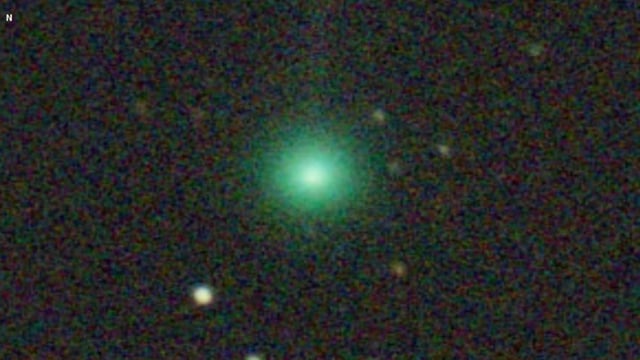Overview
- Comet SWAN, originating from the distant Oort Cloud, was discovered in late March through NASA and ESA spacecraft imagery by amateur astronomers.
- The comet was visible through telescopes and binoculars earlier in April but was too faint for naked-eye observation due to its green hue and limited proximity to Earth.
- Experts, including astrophysicist Karl Battams, believe the comet fragmented during its perihelion, reducing it to a dusty rubble pile.
- This was likely the comet’s first passage near the sun, making it particularly vulnerable to disintegration from solar heat and gravitational forces.
- As the remnants of Comet SWAN fade, they will drift into the outer solar system, with no expectation of the comet’s return.

